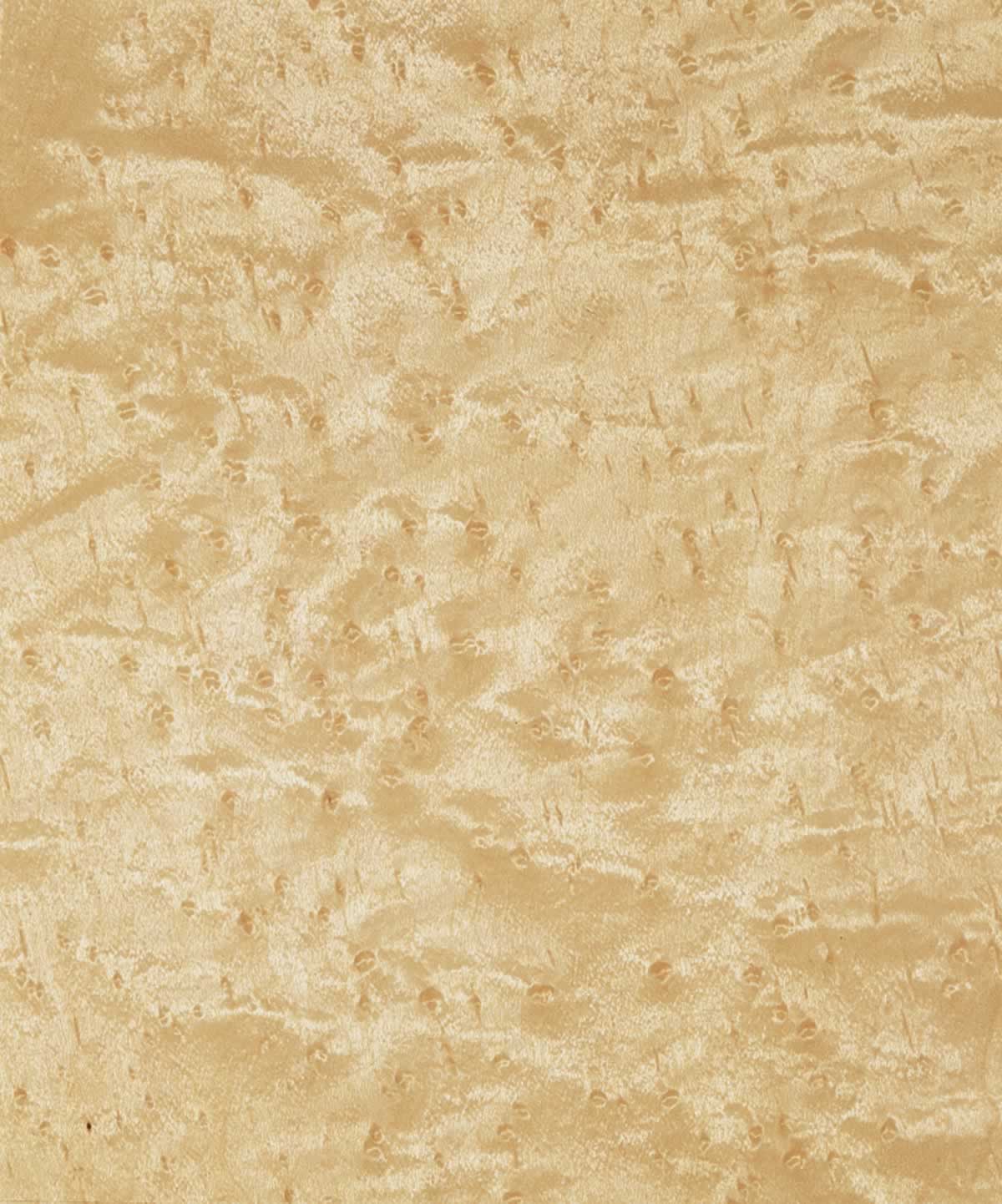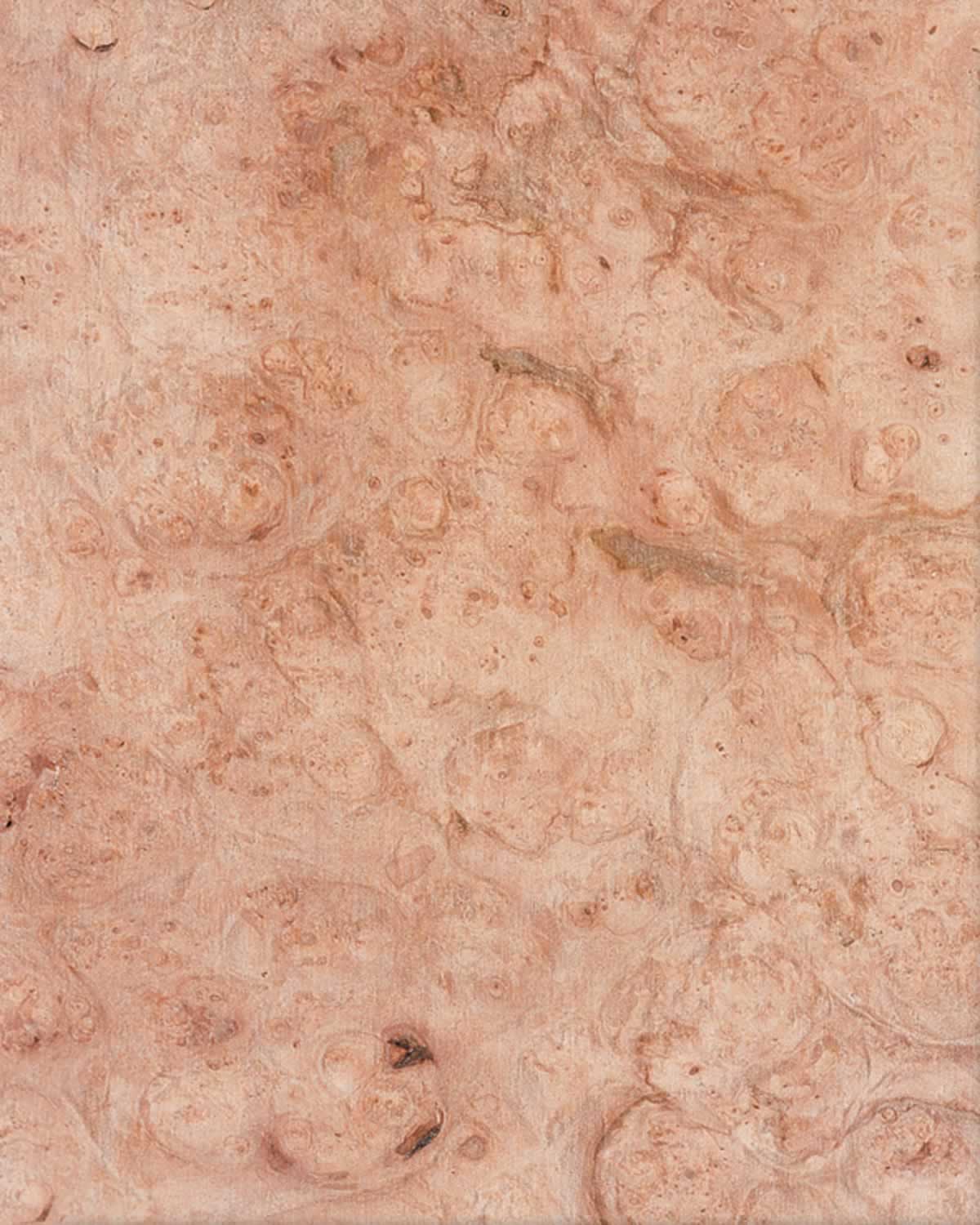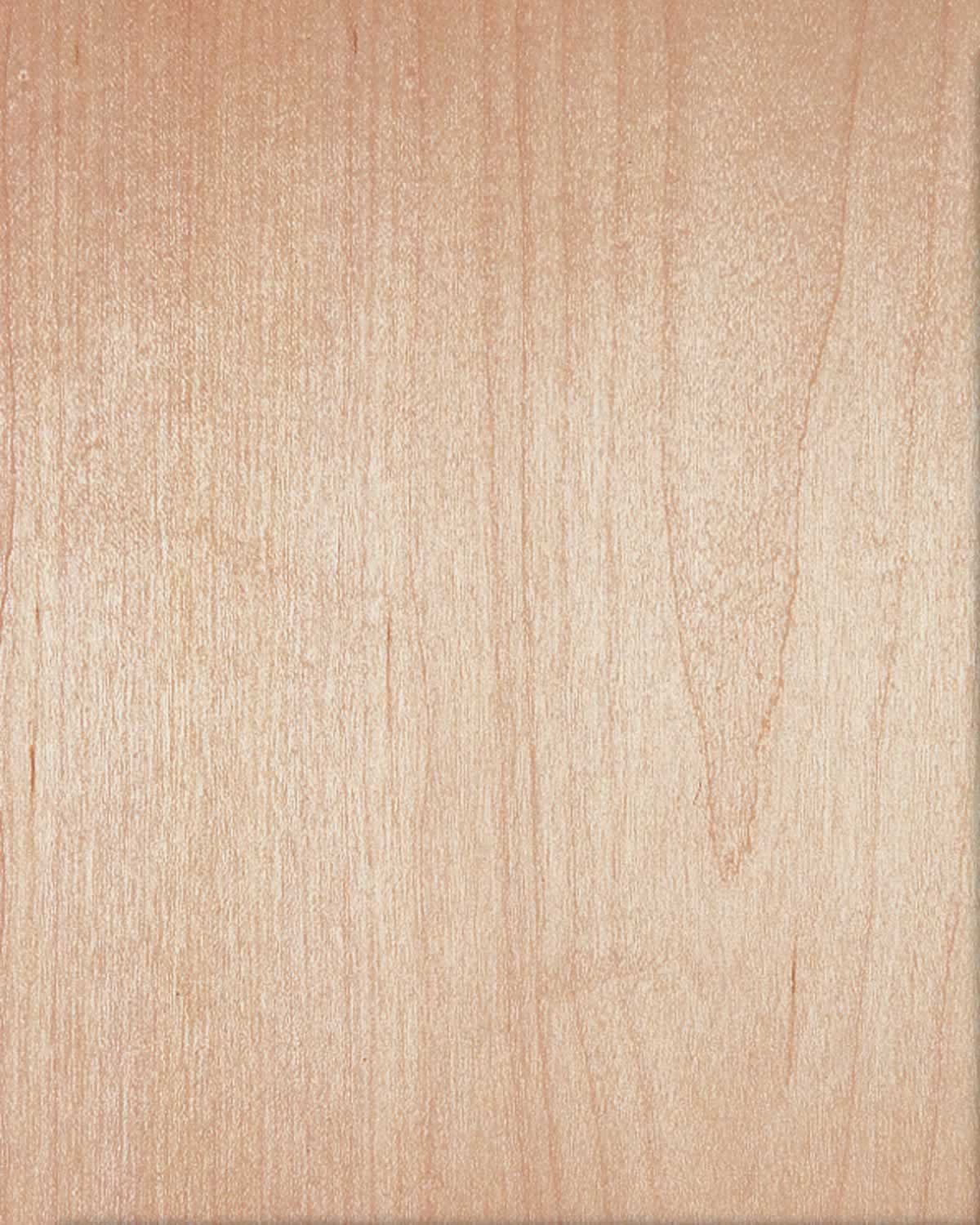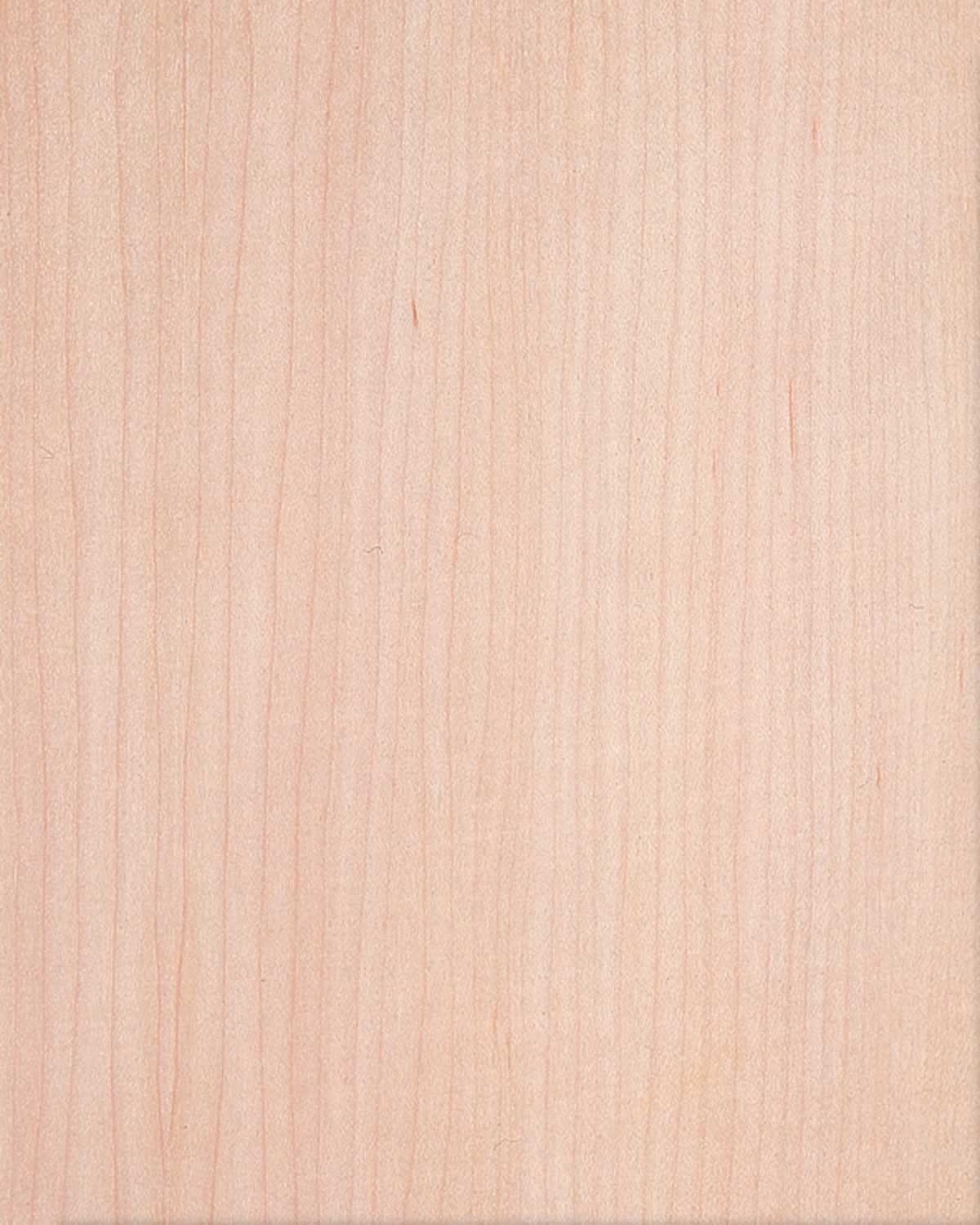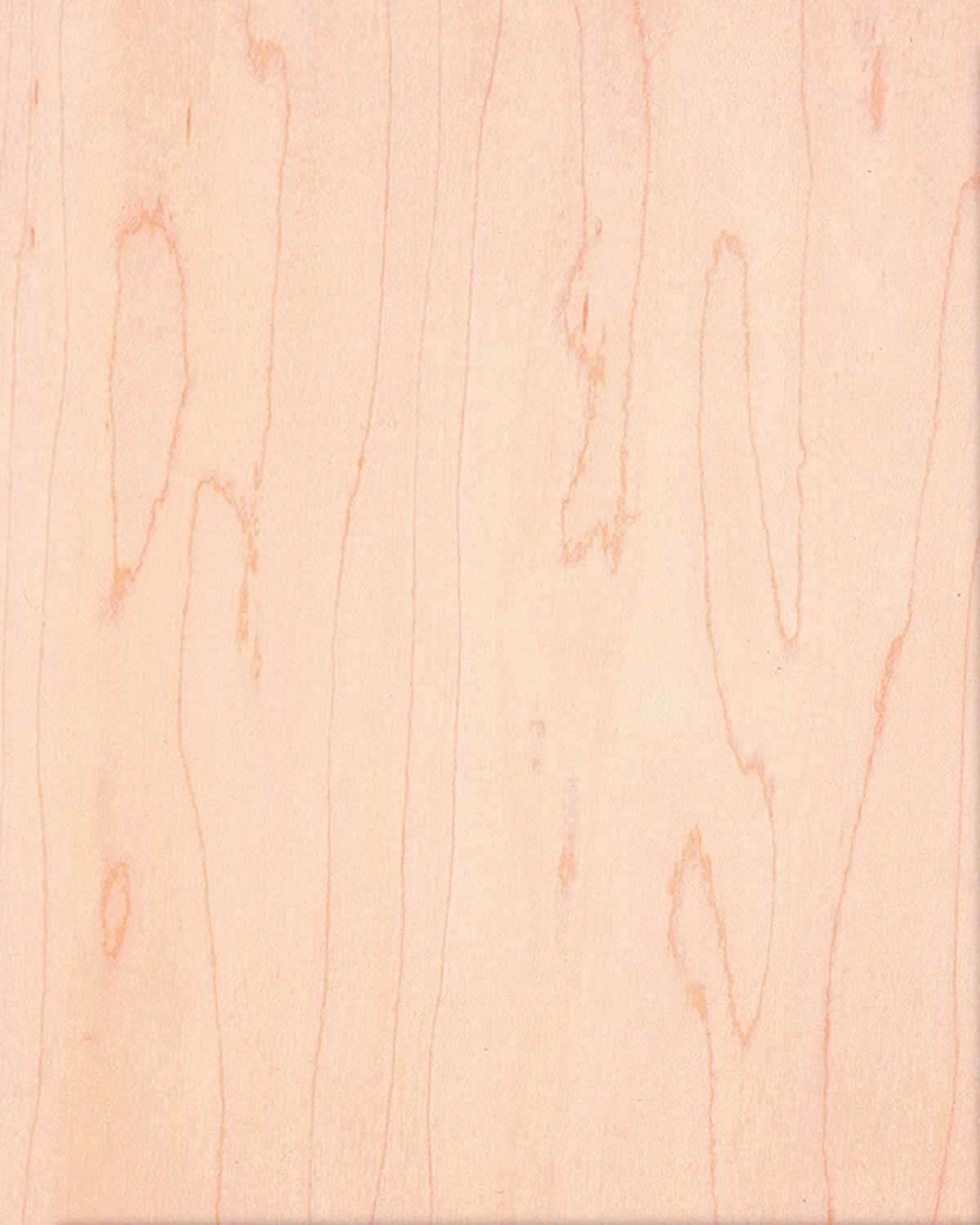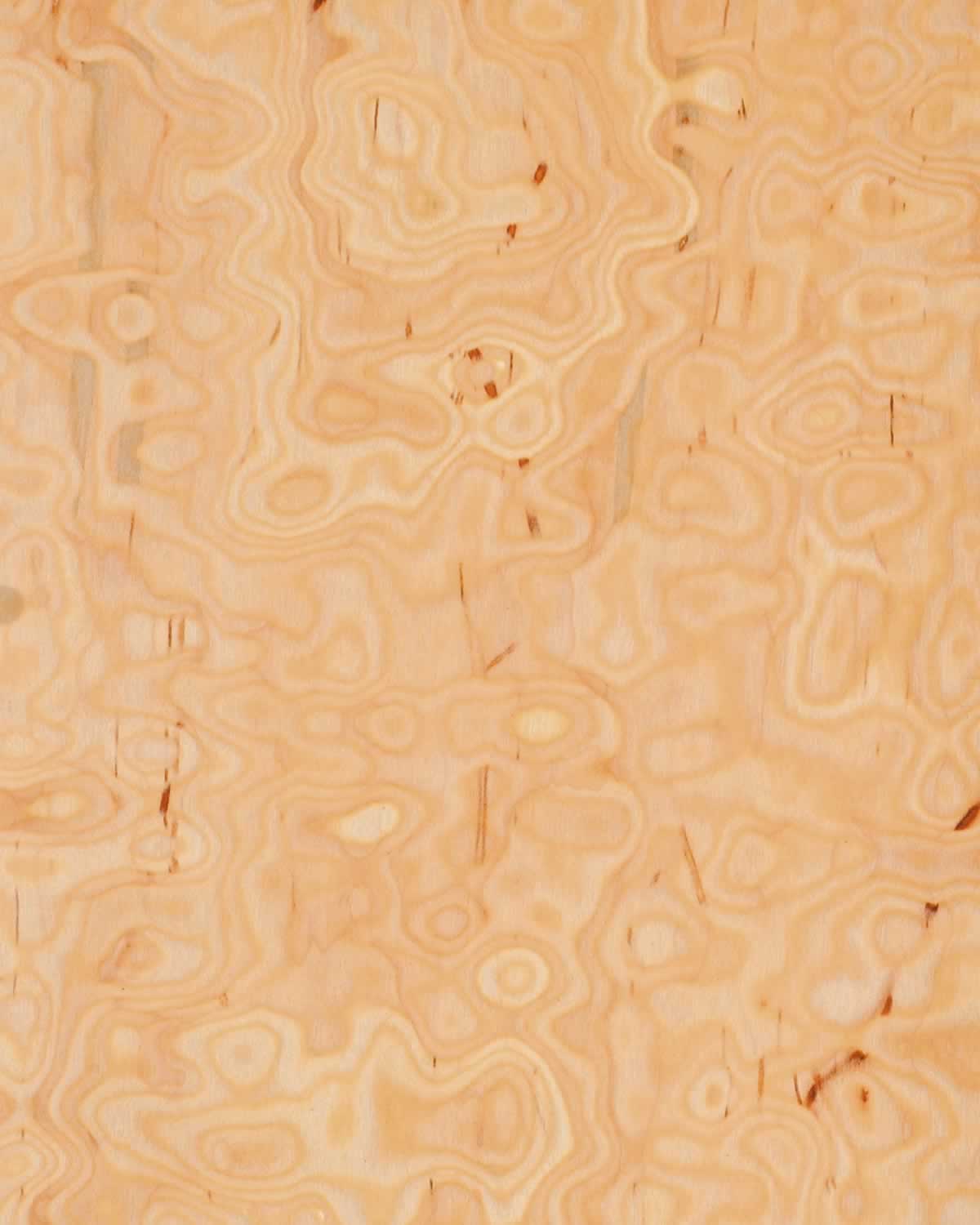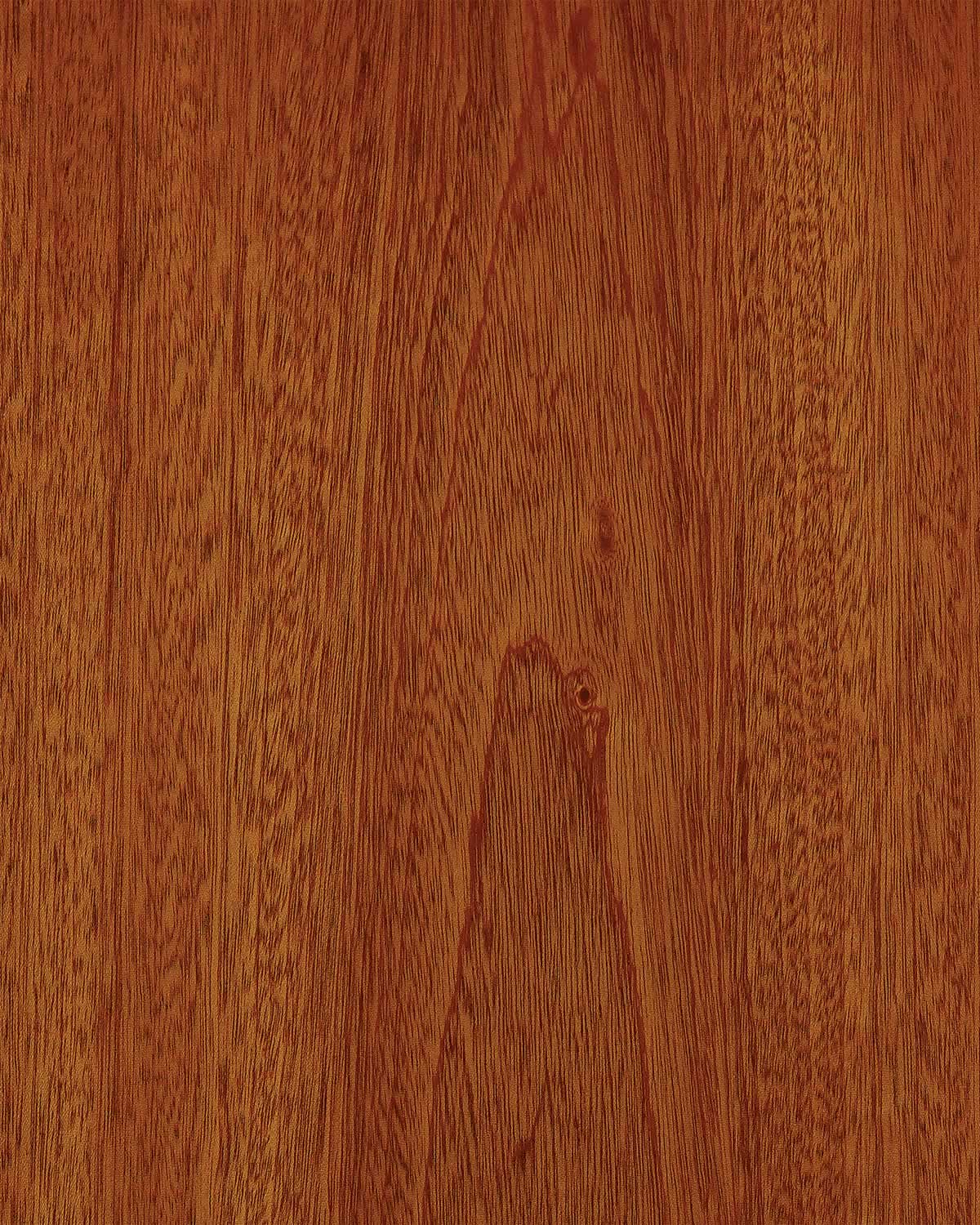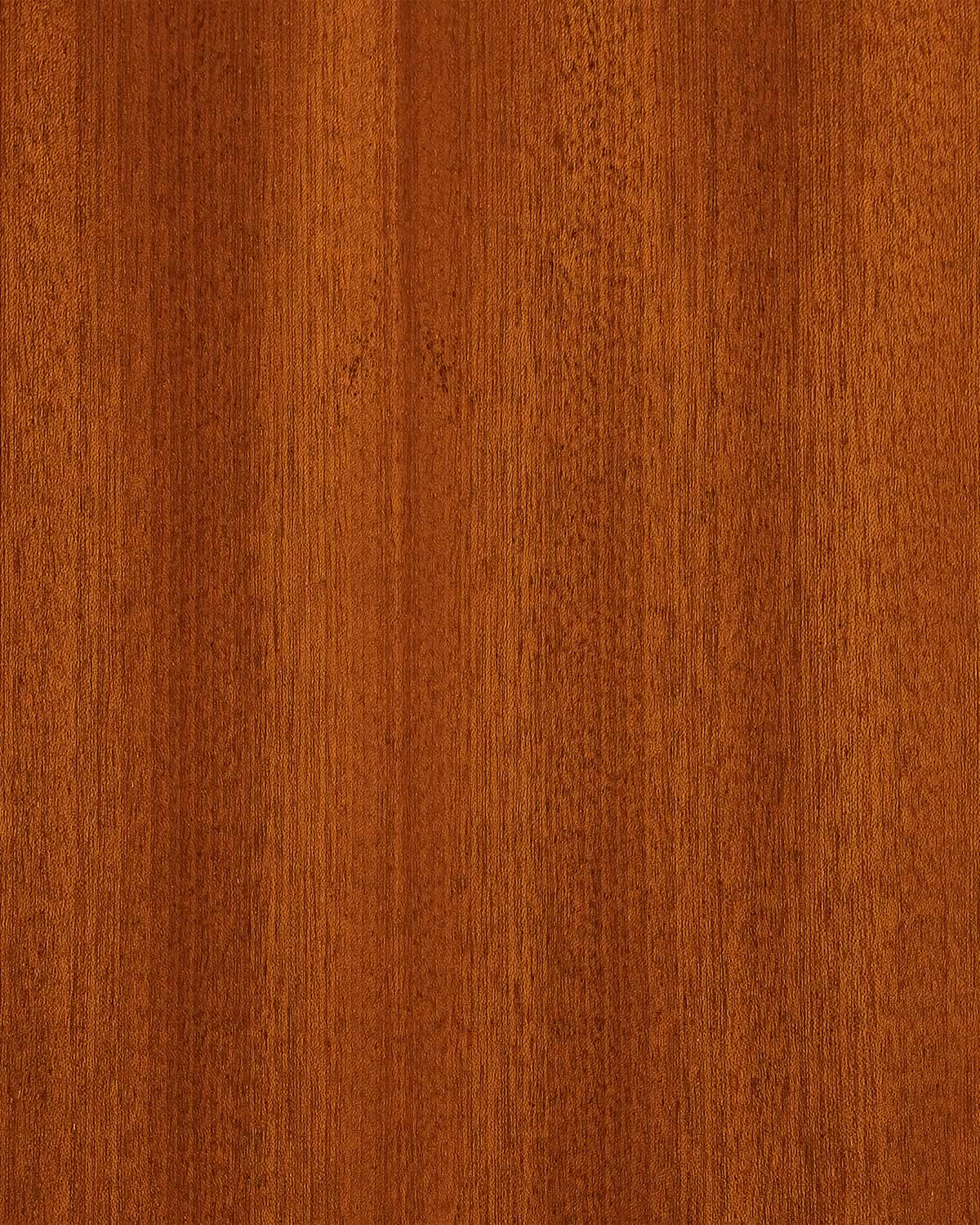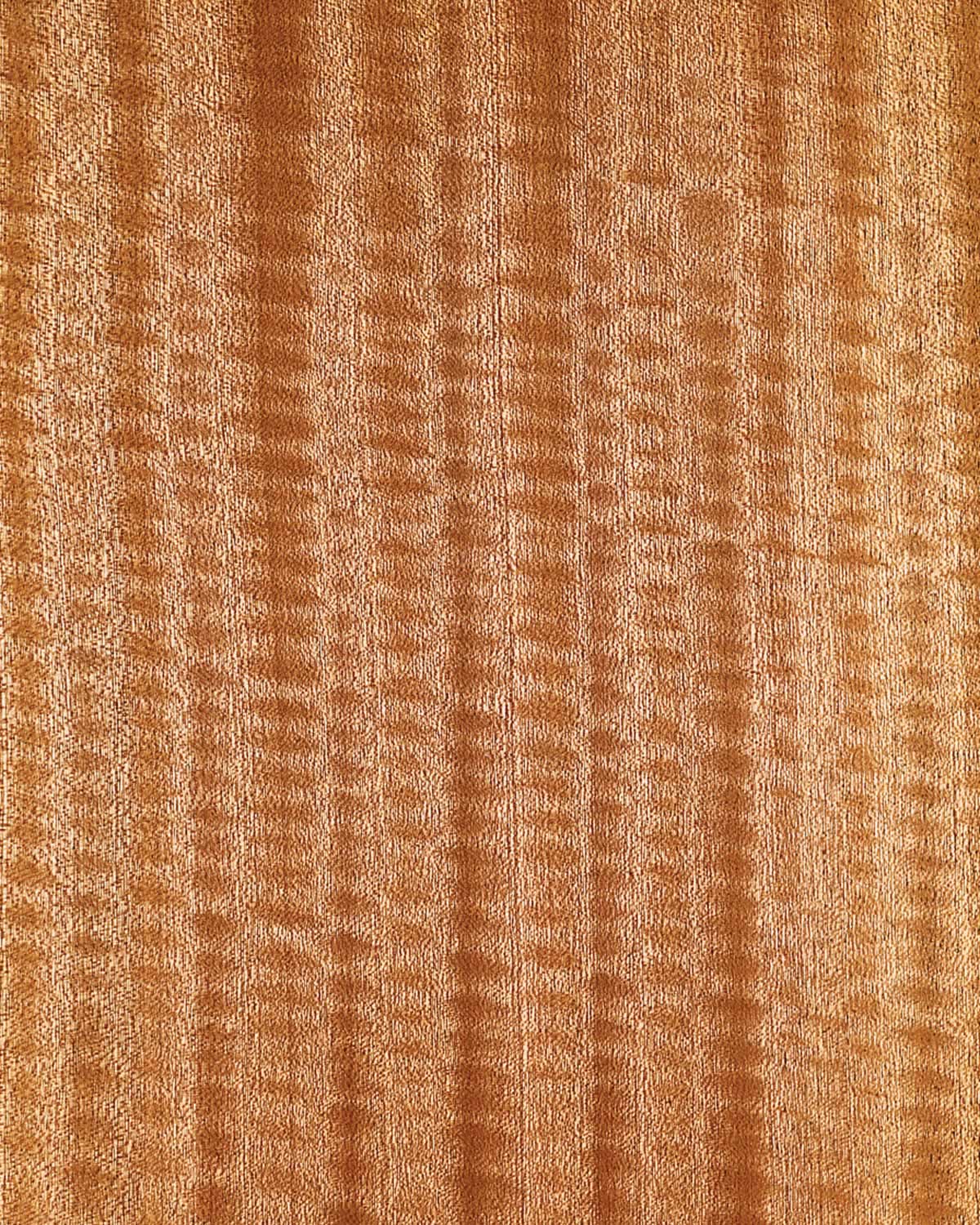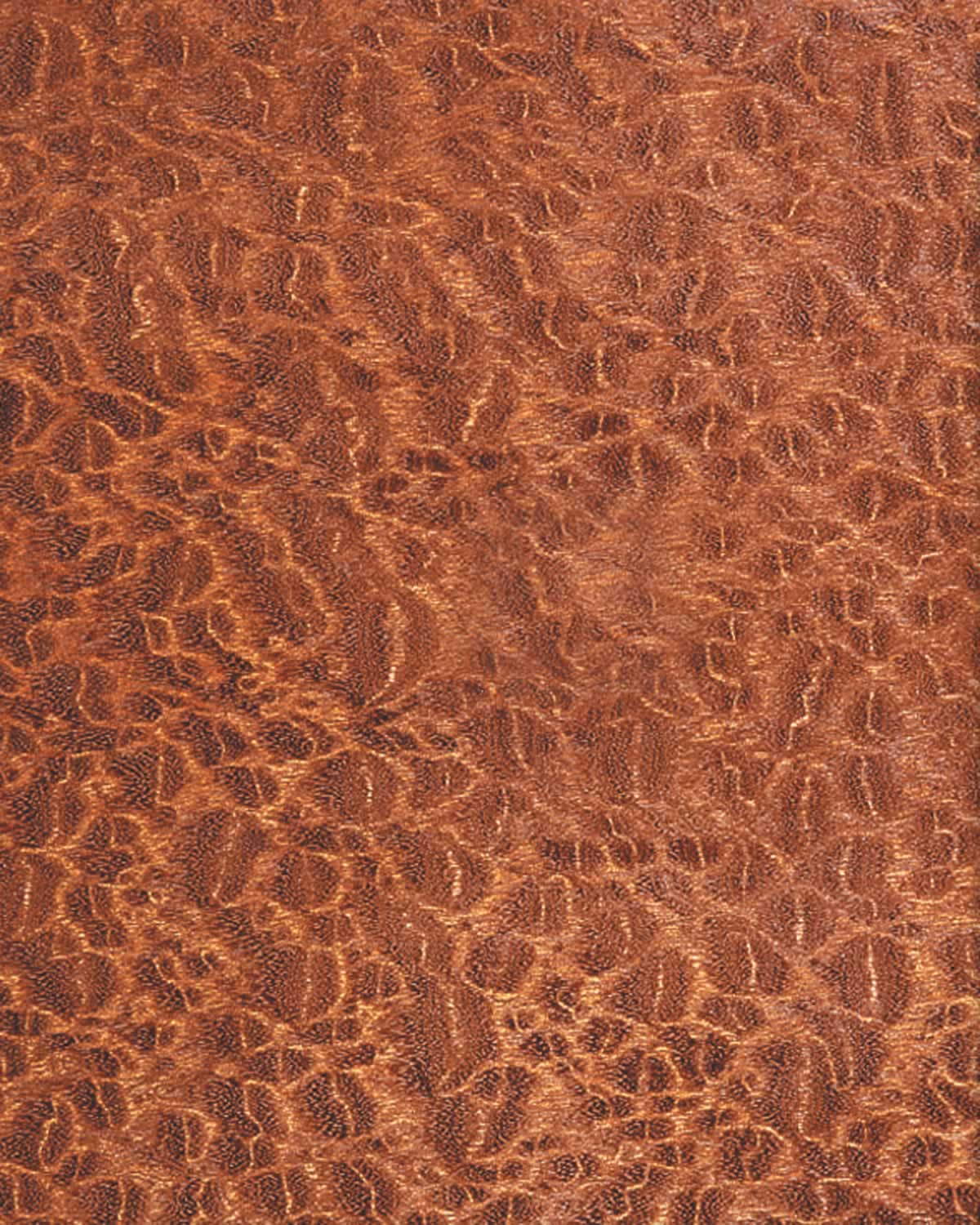Teak, QC
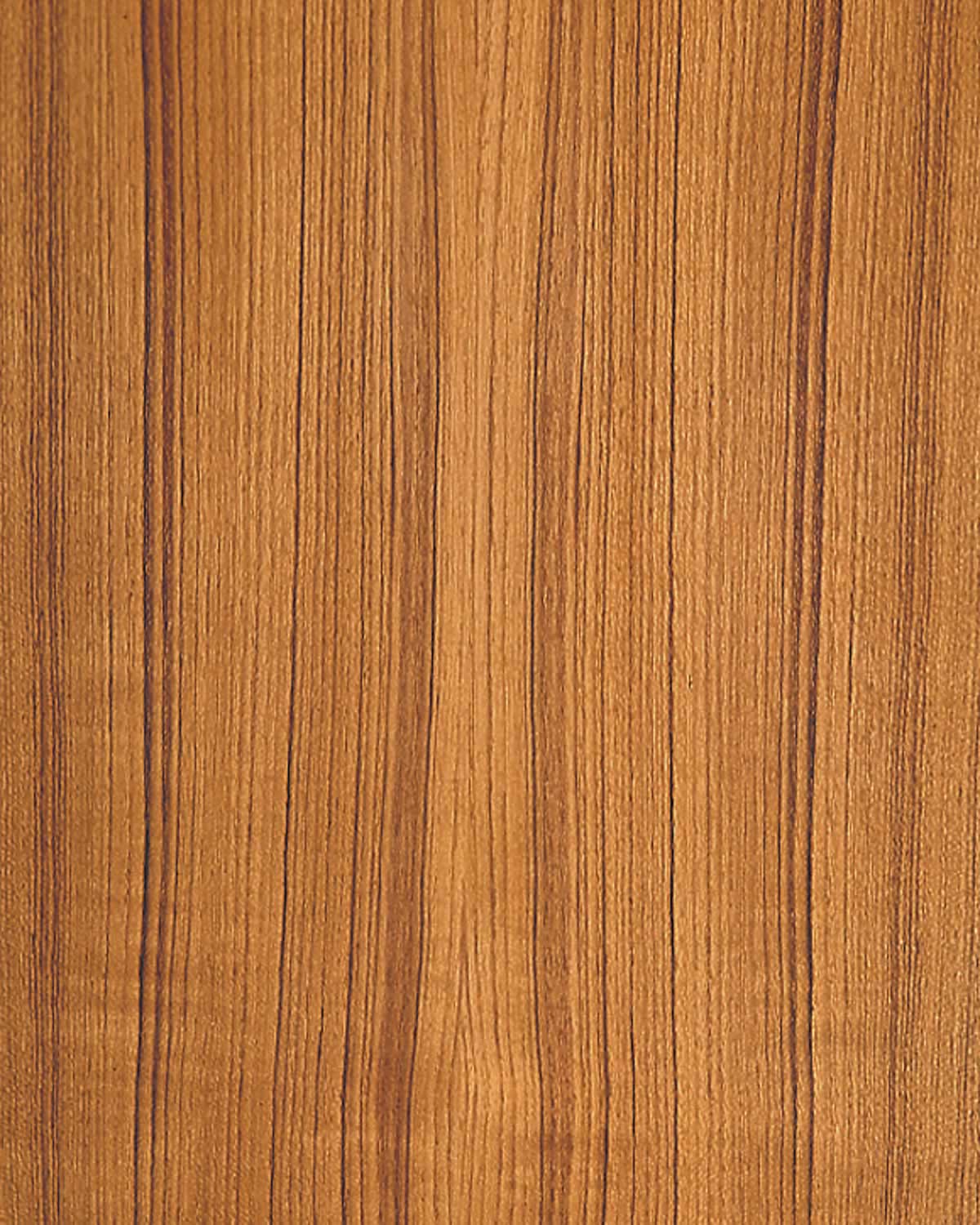
Specie Details
Common Names
Teak, Burmese Teak
Scientific Name
Tectona grandis
Grain/Texture
Teak has a coarse texture with medium-sized open pores. The grain tends to be straight, though it can occasionally be wavy or interlocked. Teak also has a slightly oily or greasy feel due to its natural oils.
Color/Appearance
Heartwood tends to be a golden or medium brown, with color darkening with age.
Notes of Interest
Used extensively in India and within its natural range for centuries, Teak has grown into a worldwide favorite. With its superb stability, good strength properties, easy workability—and most of all, its outstanding resistance to decay and rot—it’s no wonder that Teak ranks among the most desired lumbers in the world.
Much like the many names and knockoffs of Mahogany, the moniker “Teak” has been affixed and assigned to a number of different woods seeking acclaim. The usual procedure is to take a wood bearing any degree of resemblance to Teak and insert a geographical location in front of the name. For instance, Cumaru is sometimes referred to as Brazilian Teak, while Rhodesian Teak bears little botanical relation to real Teak—Tectona grandis. The name Burmese Teak, however, does refer to genuine Teak.
Specie Data
- Distribution:Native to southern Asia, Teak is also widely grown on plantations throughout tropical regions of Africa, Asia, and Latin America.
- Tree Size:100-130 ft (30-40 m) tall, 3-5 ft (1-1.5 m) trunk diameter
- Janka Hardness:1,070 lbf (4,740 N)


